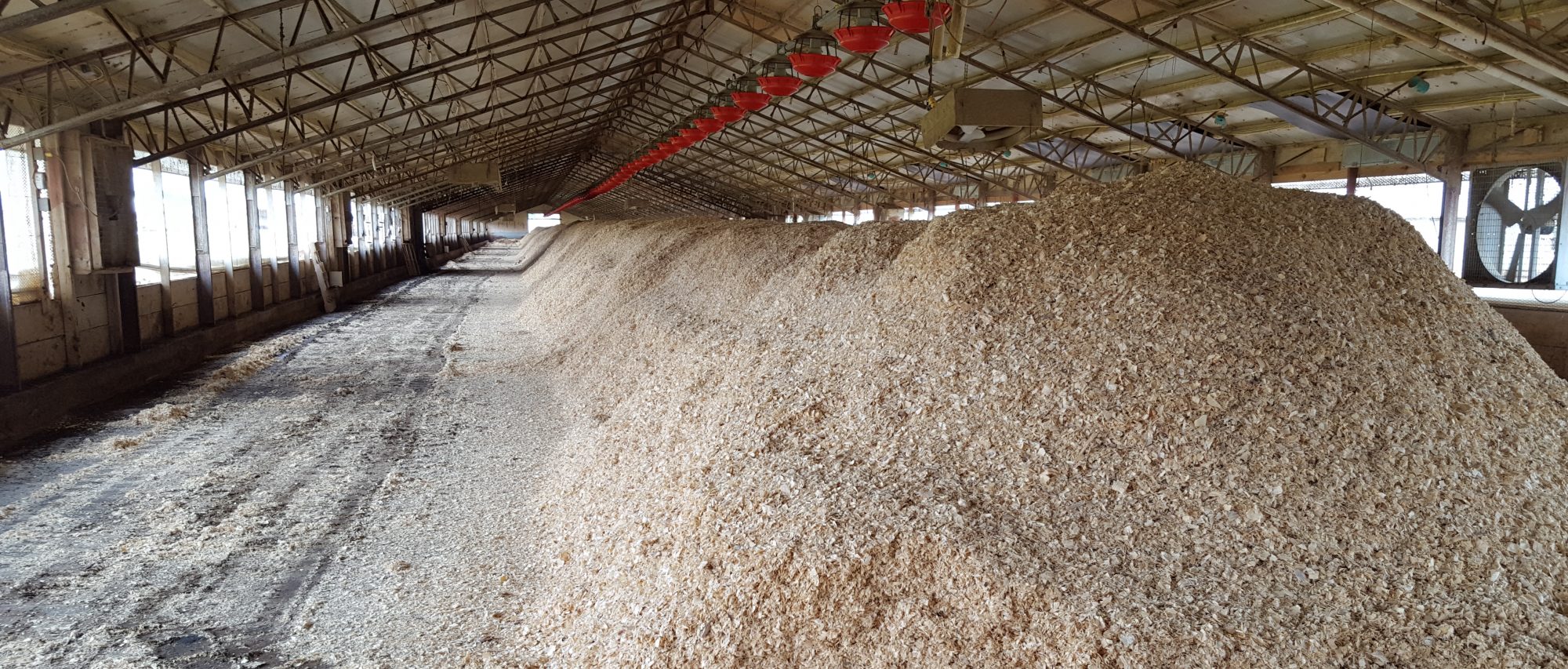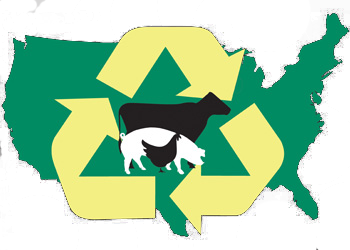To be sustainable, producers need to conserve energy while still maintaining or improving their facilities and the lives of the animals they house. This presentation was originally broadcast on January 19, 2024. Continue reading “Animal Feeding Operations Air Emission Estimation Methods”
Minimizing Risk on Livestock & Poultry Operations
In the Livestock and Poultry Environmental Learning Community, we are well aware that @#$% happens. In this webinar, presenters share insurance considerations and ways to minimize risk on livestock and poultry operations. This presentation was originally broadcast on November 17, 2023. Continue reading “Minimizing Risk on Livestock & Poultry Operations”
Improving disease identification, treatment, & antibiotic stewardship in livestock production
This webinar will focus on assisting livestock farmers and veterinarians to better identify, diagnose, and treat sick animals with the goal of improving farm efficiency and antibiotic stewardship. This webinar is brought to you by the iAMResponsibleTM Project, a nationwide team of researchers and extension experts working to develop and deliver effective outreach on antimicrobial resistance for diverse audiences. This presentation was originally broadcast on August 18, 2023. Continue reading “Improving disease identification, treatment, & antibiotic stewardship in livestock production”
Communicating Science Using the Science of Communication
In the digital world in which we live today the public is presented with an overwhelming quantity of information, much of which is unscientific. In this webinar we will apply the lessons learned from antimicrobial resistance and health communications to more science communication challenges. This presentation was originally broadcast on August 14, 2020. More… Continue reading “Communicating Science Using the Science of Communication”
Manure Innovation: Teaching Styles and Marketing Programs
Would you rather watch someone give a presentation or do something that gets you involved, maybe making decisions that you can relate back to your own farm? This presentation was originally broadcast on March 20, 2020. More… Continue reading “Manure Innovation: Teaching Styles and Marketing Programs”
Communicating Science Amidst Controversy
This webinar presents some of the principles of communicating science-based information and case studies and examples of effective (and not effective) messaging related to controversial agricultural topics such as climate change or genetically modified organisms (GMOs). This presentation was originally broadcast on December 18, 2015. More… Continue reading “Communicating Science Amidst Controversy”
Pathways for Effective Information Transfer Between Manure Management Professionals
This webinar presents the results of a national survey on how manure nutrient management professionals, learn, share and collaborate, and how we can use this information to guide information transfer in the future. This presentation was originally broadcast on November 20, 2015. More… Continue reading “Pathways for Effective Information Transfer Between Manure Management Professionals”
Novel Livestock Housing
This webinar provides examples and perspectives from the swine, dairy and layer industry on how and why producers have implemented changes to their housing practices, and some of the lessons learned along the way! This presentation was originally broadcast on March 6, 2015. More… Continue reading “Novel Livestock Housing”
Mobile Manure Apps
This webcast features a developer who has worked extensively with university extension as well as many other clients in sports, journalism, and agriculture. Two manure management apps are demonstrated followed by a panel discussion that features more manure-related apps and discusses challenges, opportunities and lessons learned when creating those apps. This presentation was originally broadcast on January 16, 2015. More… Continue reading “Mobile Manure Apps”
Clearing the Air on Biofilters
Biofilters have been widely adopted to filter gas, odor and particulate matter from livestock facilities. However, the science behind “how they work” and the configurations that are in practice are continually evolving. This webinar discusses past and present applications of biofilters, on-going research to better design and manage biofilters, and how to incorporate biofilters as part of an environment control system.This webcast was originally broadcast on December 7, 2012. More… Continue reading “Clearing the Air on Biofilters”


